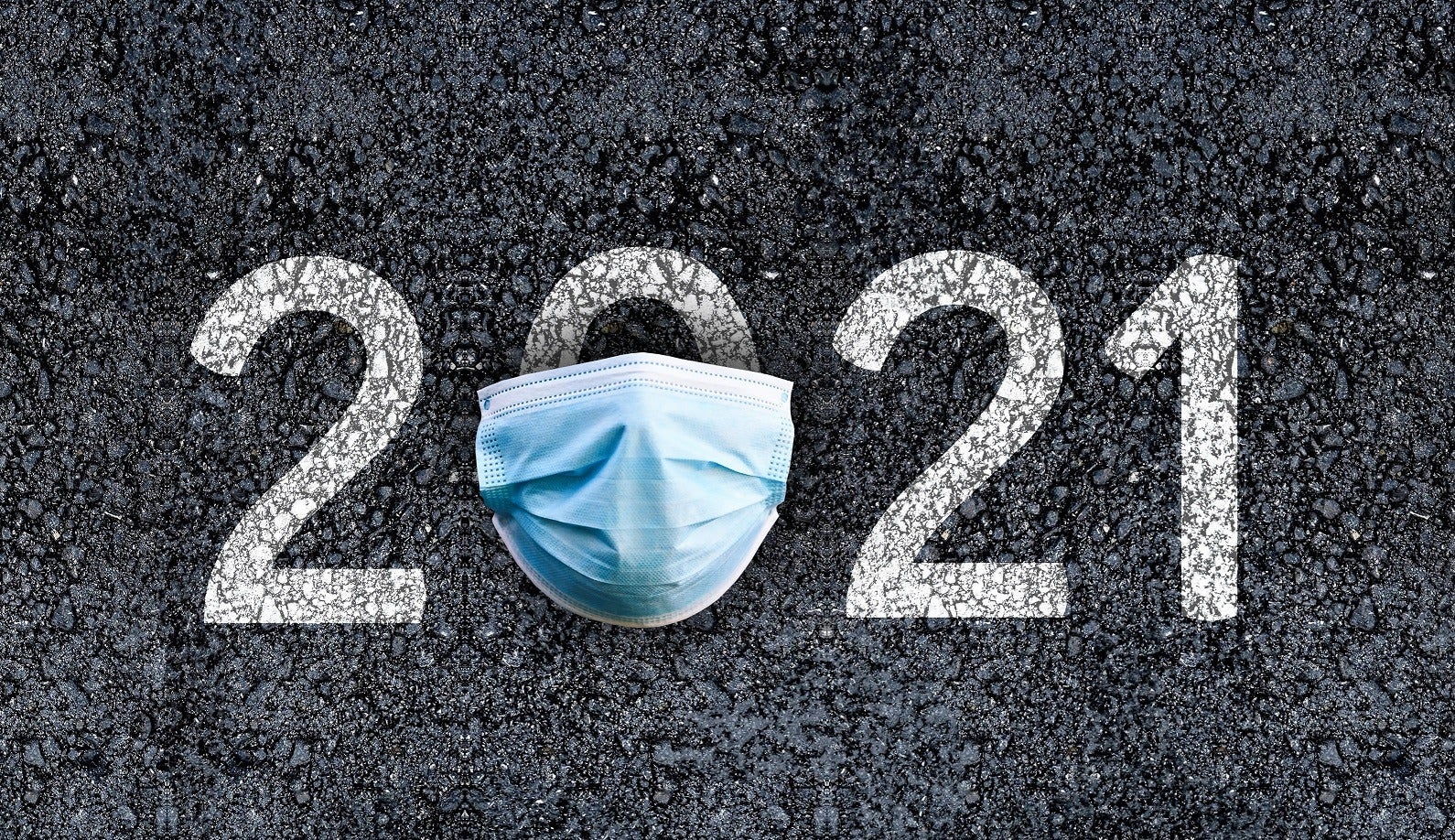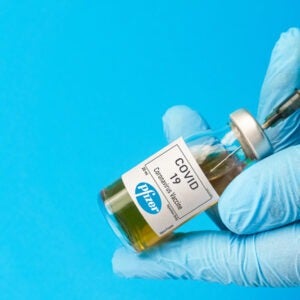
The medical devices sector may be notoriously slow-moving and, at times, quite adverse to major change, but in the years leading up to 2021, a number of factors have – for better or for worse – boosted how readily the industry embraces new ideas.
Along with the growing emergence of trends like 3D printing, artificial intelligence and wearable technologies, so-called real world events, such as the unprecedented coronavirus pandemic and the UK’s protracted exit from the European Union, have undoubtedly contributed to this.
According to analytics firm GlobalData, there are four major changes these various factors will result in over the coming year.
With added insight from Aliyah Farouk – a senior medical devices analyst at GlobalData – we take a closer look at these industry-wide trends, and the impact they could have in 2021.
Key medical devices industry trends for 2021
Continued uptake of telemedicine
Telemedicine refers to things like virtual appointments via video or phone call, remote health monitoring and other technologies that allow long-distance communication between doctors and their patients.
Naturally, these techniques have been deployed more widely than ever before during the global Covid-19 pandemic – in an effort to maintain social distancing and minimise the virus’ spread in clinics.
“Covid-19 has created an additional need for telemedicine as the service minimises clinic or hospital visits, reducing the risk of transmission while allowing physicians to continue providing care,” says Farouk.

“In a GlobalData poll of healthcare users, 83% of respondents believed telehealth has become an established element of healthcare and, moreover, 76% of these respondents expressed usage will continue to climb after the pandemic has subsided.
“The accessibility and practicality the technology has demonstrated means that it is here to stay.”
In 2020, consultancy firm McKinsey reported that close to 50% of American healthcare consumers were using telehealth services – compared to about 10% in the previous year – while hundreds of healthcare organisations also urged Congress to extend access to remote care beyond the end of the Covid-19 pandemic and “finally bring the US healthcare system into the 21st century”.
Breakthrough for point-of-care diagnostics
While diagnosing disease has always been one of the most important components of the healthcare industry, the need for technologies that can do this as quickly, as easily, and as cost-effectively as possible has been magnified over the past year.
In 2020, several point-of-care antigen tests gained emergency use authorisation (EUA) from the US FDA, allowing healthcare professionals to diagnose patients with Covid-19 in a matter of minutes – rather than using PCR-based alternatives, which are generally considered more reliable but take longer to produce results.
And, in November of last year, American biotech firm Lucira Health became the first company to receive regulatory approval for a fully at-home coronavirus testing kit.
“Covid-19 has provided the impetus to develop new, low-cost molecular diagnostic platforms suitable for mass testing – including point-of-care testing,” says Farouk.
“According to GlobalData’s pipeline products database, there are more than 140 point-of-care tests in the pipeline, with another 25 products in approval processes and many likely to see approval in 2021.
“Companies like Genedrive are in a great position to introduce large-scale molecular point-of-care testing to emerging markets through partnerships.”
In the final weeks of last year, UK-based molecular diagnostics company Genedrive notified the FDA of its intention to import and distribute its Genedrive 96 SARS-CoV-2 Kit – prior to receiving a final EUA determination.
Regulatory changes to disrupt markets
The regulatory landscape for medical devices in the UK specifically is already undergoing wholesale changes following the country’s exit from the EU on 1 January 2021 – and this is likely to continue through much of the year as the UK diverges further from European standards.
“As new medical devices entering the UK market only need to comply with old, less stringent standards, GlobalData expects medical device market leaders to follow EU practice – since they are already heavily invested in the highly regulated market,” says Farouk.
“However, small and medium-sized enterprises, particularly from outside of the UK and EU, will likely exploit opportunities to market cheaper medical devices, conforming to old standards.
“The UK will be seen as a market that is advantageous for devices not regulated to the European standard.
“It is well known that device manufacturers not able to place medical devices in the more regulated markets, such as the US or Europe, can gain market share and more acceptance in less regulated markets.”
The new EU MDR (Medical Device Regulation) and EU IVDR (In Vitro Diagnostic Regulation) will fully apply in EU member states from May 2021 and May 2022 respectively.
However, these will not be taken on as part of UK law and, while CE marked devices will still be accepted in UK markets until June 2023, its regulator – the MHRA – is likely to become increasingly independent from as early as the second quarter of this year.
‘Unusual’ hiring activity in 3D printing
According to GlobalData, recruitment within the 3D printing industry in 2020 was notable for including companies with previously limited exposure to the technology.
While 3D printing – also known as additive manufacturing – was already previously being used quite widely in the manufacturing of certain medical devices, its applications in filling supply chain gaps for personal protective equipment (PPE), ventilator parts and testing kit swabs during the Covid-19 pandemic have only served to boost its uptake across the industry even further.
GlobalData says its Jobs Tracker database revealed that there was increased hiring activity in the orthopaedics and dental spaces last year – two sectors in which there are clear benefits to deploying 3D printing as it lends itself to customisation, and design prototyping.
However, there was also increased interest from in vitro diagnostics companies like Thermo Fisher and Cepheid – a subsidiary of healthcare giant Danaher – as well as from respiratory device firms, such as Philips Respironics.
“Tracking jobs is a good proxy for analysing companies’ short-term strategies,” says Farouk.
“These new entrants may be looking at ways to solidify and expand their 3D printing manufacturing capabilities in 2021.”






